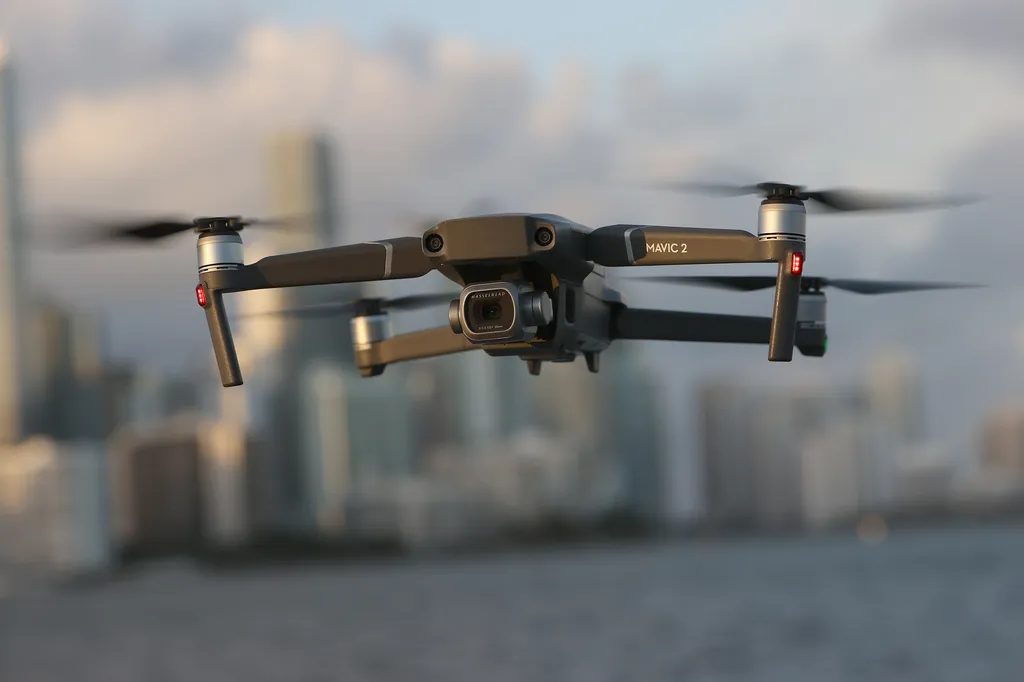Drones have quietly become an essential tool in modern farming, evolving from a niche technology into a multi-billion-dollar industry. New data from Research Intelo underscores this shift, revealing that the agricultural drone market reached $4.7 billion in 2024—with projections soaring to nearly $30 billion by 2033. The growth reflects not just increased adoption but also rapid advancements in drone capabilities, particularly for large-scale operations.
The latest development comes from the Federal Aviation Administration (FAA), which has proposed a rule change that could redefine how drones are used in agriculture. Currently, commercial drone operators must keep their aircraft within visual line of sight, a restriction that limits efficiency, especially on expansive farms. The FAA’s proposal would allow drones to fly beyond that range, a move that could streamline crop monitoring, livestock management, and precision agriculture applications.
Roger McEowen, an agricultural law expert at Washburn University’s School of Law, explained the potential impact during an interview with RFD-TV. “This rule change would eliminate the need for multiple pilots or spotters to cover large fields, significantly cutting labor costs and time,” McEowen said. He also noted that expanded drone use could enhance data consistency, improving decision-making for tasks like aerial mapping and crop health assessments.
The proposal aligns with broader industry trends. As drones become more reliable, farmers are integrating them into daily operations—not just for scouting but for targeted inputs like fertilizer or pesticide applications. The FAA’s rule, if finalized after public comment and safety reviews, would further accelerate this shift.
For rural lenders and agribusinesses, the implications extend beyond the field. More efficient drone operations could free up capital for farmers, potentially stabilizing financing for equipment, land, and operating lines as they plan for the next growing season. Meanwhile, insurers like Nationwide are already leveraging drone-derived data to refine risk management tools, such as their new Hail and Wind Alert Program, which helps farmers mitigate weather-related losses.
The FAA’s proposal is just one piece of a larger puzzle. As technology advances, the focus remains on practicality—ensuring drones deliver measurable value without adding complexity. For now, farmers and industry watchers will be keeping a close eye on the rule’s progress, knowing that its approval could mark a turning point in how agriculture harnesses the skies.

